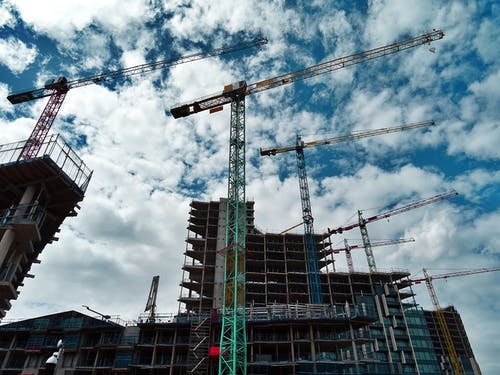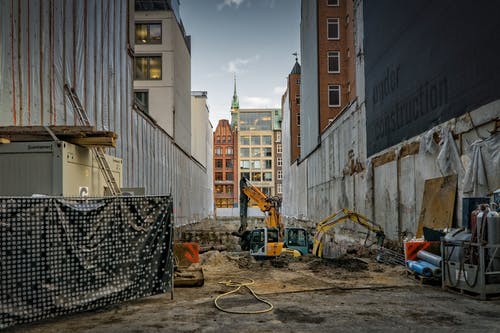
Hiring A Construction Company Can Help You Minimize Your Risks
Seeing the phrase “safety first” on a building site is so commonplace that it’s easy to take it for granted. It’s a way of life in civil engineering, where it’s treated much more seriously. Starting a project means taking a risk with the lives of construction workers and civil engineers. And that’s what this article is about: Risk.
In a high-risk work setting like a construction site, danger lurks around every corner. Moveable things provide a risk as do heights, as do the dangers of tripping and falling and noise, from machine parts and their handling to building a basement; the list goes on and on.

Everyone participating in a building project, from designers, contractors, engineers, architects, and employees, adheres to the “prevention is better than cure” attitude. To put it another way, they’ll do their best to avoid risk as much as possible, analyse the risks that can’t be avoided, and take steps to mitigate those risks. There is a branch for each type of project since risk is distinct. One such example is the conduct of plant risk assessments.
As a result, the scope of risk assessment broadens significantly. The focus of this concept is on identifying the hazards in the workplace and determining the most efficient and cost-effective solutions to reduce them. There are two primary categories of risk assessment: general and specialized. It is important to distinguish between the two types of hazards: those that affect the health and safety of employees and other stakeholders, and those that are specific to a particular industry.
The technique of reducing hazards is simple. First, you need to know where the hazards are. After that, the risk assessor determined who would be most harmed by the potential danger. It is then determined what safeguards can be taken in the event of an emergency. Any time an important aspect of the building project changes, the findings are documented, and the procedure is repeated. For example, consider the installation of new equipment or the utilization of cranes.

Risk assessors must also be familiar with a wide range of documents since they are responsible for explaining what they are signing up for to a wide range of people and organizations. Typical examples of documents that explain hazards and provide recommendations for mitigating those risks are method statements and risk mitigation plans.
It is always feasible to question as to whether risk assessment is the responsibility of a specific individual or if it is the responsibility of a supervisor or another person who is already involved in the project. There are many and various possible answers to this question. Others opt to specialize in risk management and work as consultants in their respective fields. Others get a degree in risk assessment in order to improve their job prospects in whichever sector they choose to work in after graduation. What’s more, there are a variety of universities and institutions that can give you with the necessary education, training, and work experience. The only thing is to select the most appropriate one.